It used to be so simple but energy drinks manufacturers need a fair bit of stamina themselves to keep up with the increasing demands of their consumers.
Shoppers now want a product that not only offers rehydration and delivers alertness, but also provides nutritional value, sex appeal, enhanced performance and convenience.
"Health, convenience and taste are core issues but what is new is that they are coming together.," says Colin Seymour, category planning director at Lucozade owner GSK.
There's been plenty of innovation to keep consumers' interest in the category. In the past few weeks alone we've seen a number of new launches: Danone Waters has come up with Volvic Revive with ginseng and guarana extracts in Citrus Kick and Berry Blast flavours; Elektrolyte Sport is a new isotonic drink made with fresh coconut juice; while Australian brand Buzz Monkey claims to be the first energy drink of its kind, containing wild plum leaf and fruit.
Other established energy brands are coming up with new variants, such as orange flavour VK Energy, which is promoted as a drink that can be enjoyed alone or as a mixer.
Bhavika Mistry, brand manager for Indigo, says energy drinks are now hitting a broad range of consumers. "They range from teenagers to older adults," she says, "but there is a key core segment of 18 to 35-year olds."
It is the branded flavoured carbonate drinkers who are turning to energy drinks, while fans of sports drinks are also moving into this sector from cola and some branded juice drinks, according to Princes Soft Drinks marketing director David Patmore.
"Consumers are buying these drinks due to their true added-value functional nature. Someone who has a bottle of water on their desk for hydration throughout the day will trade up and is prepared to pay a premium for an energy drink when they are doing anything active.
"Energy and sports drinks are the new carbonates. They are taking a greater share of shelf space and in the fridge and there are many variations on flavour and formula for the sector to introduce before it plateaus."
Players within the energy drinks sector are agreed that functionality and taste will continue to drive sales.
"Consumers are no longer looking to just quench their thirst," says Seymour. "They want added benefits to their soft drinks and to feel virtuous when drinking - the opposite to how they may feel when drinking a cola or other flavoured carbonate."
This has brought about the introduction of certain health-giving ingredients, such as guarana and wild plum leaf, in a market that was purely designed for the energy boost.
"Within taste, consumers won't buy a product unless it tastes great. They are prepared to pay for premium quality products and expect a range of different flavours," says Seymour.
Meanwhile, in another direction, Red Bull launched a sugar-free variant of its market-leading energy drink last year to cater for weight-conscious consumers.
Red Bull also began offering a larger 500ml format of its standard flavour earlier this year. This follows last November's announcement by rival CCE that it would invest a further £1.5m in its Relentless energy drink, which comes in the larger 500ml can format.
CCE took on the Red Bull-dominated sector last February with the launch of Relentless, which contains caffeine, taurine and guarana. At the time it was the only energy drink packaged in the larger 500ml format, and at the end of last year it was valued at £2.7m.. n



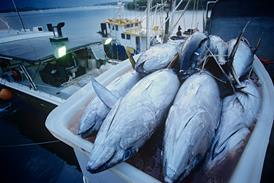
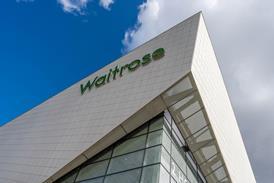





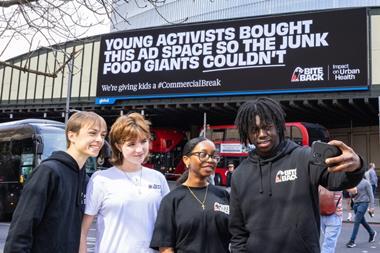



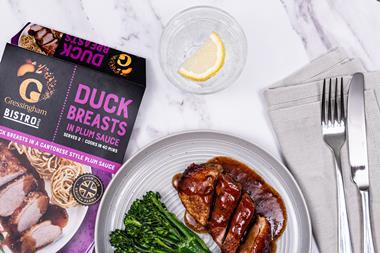


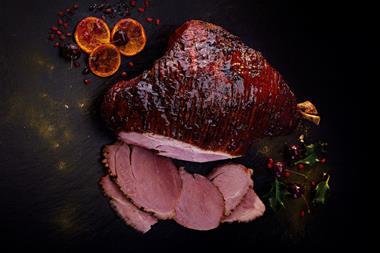
No comments yet